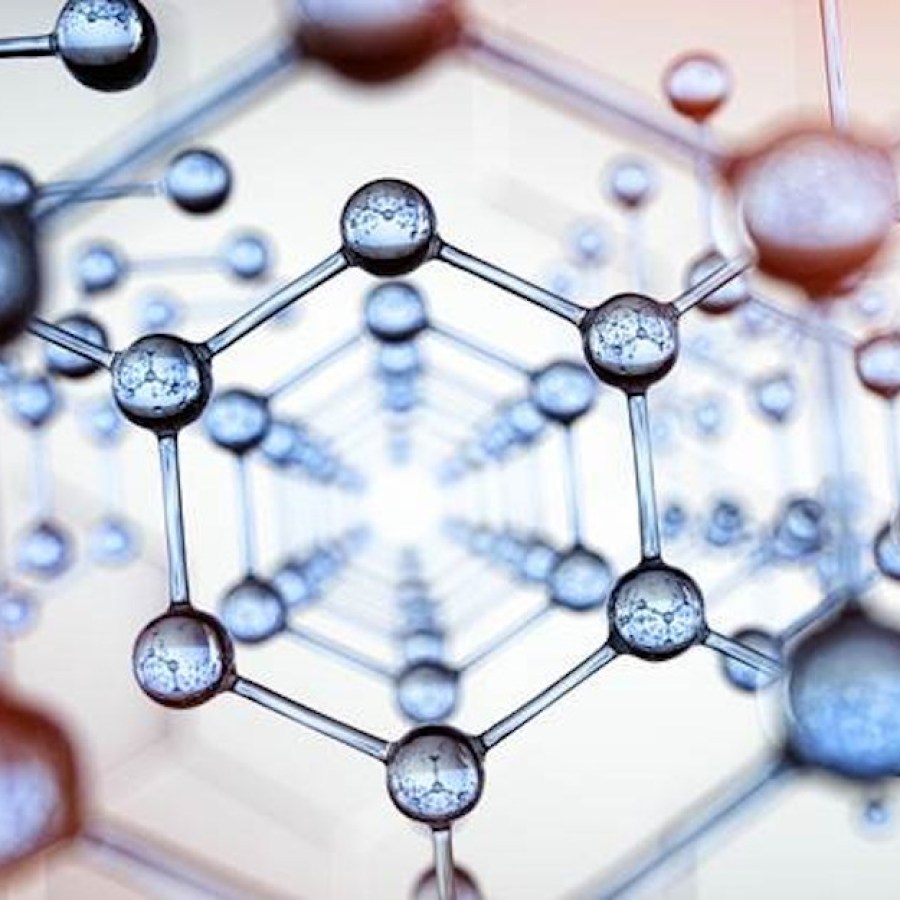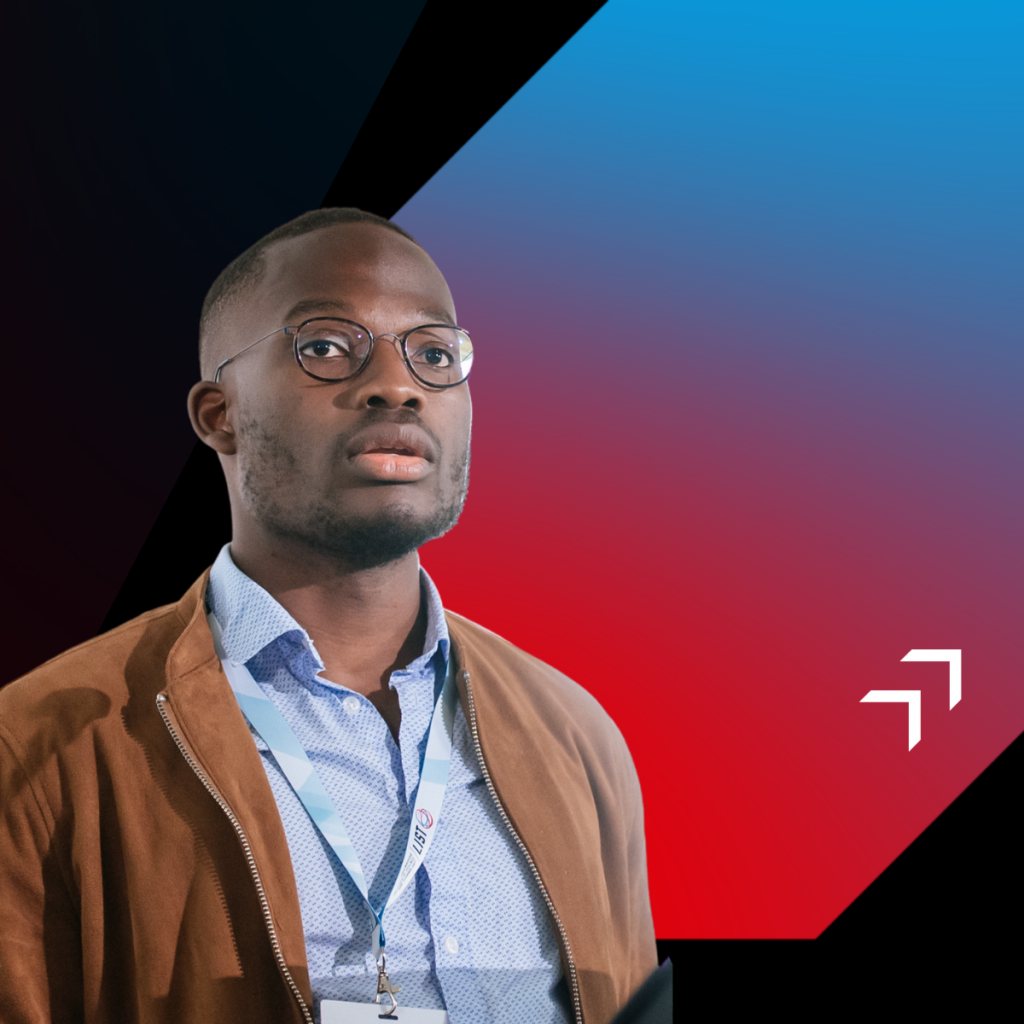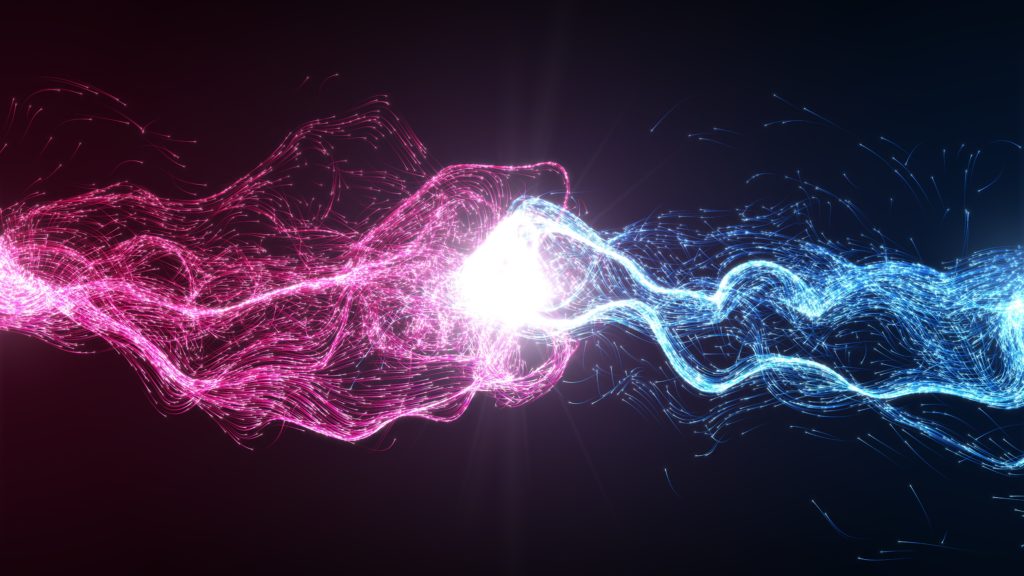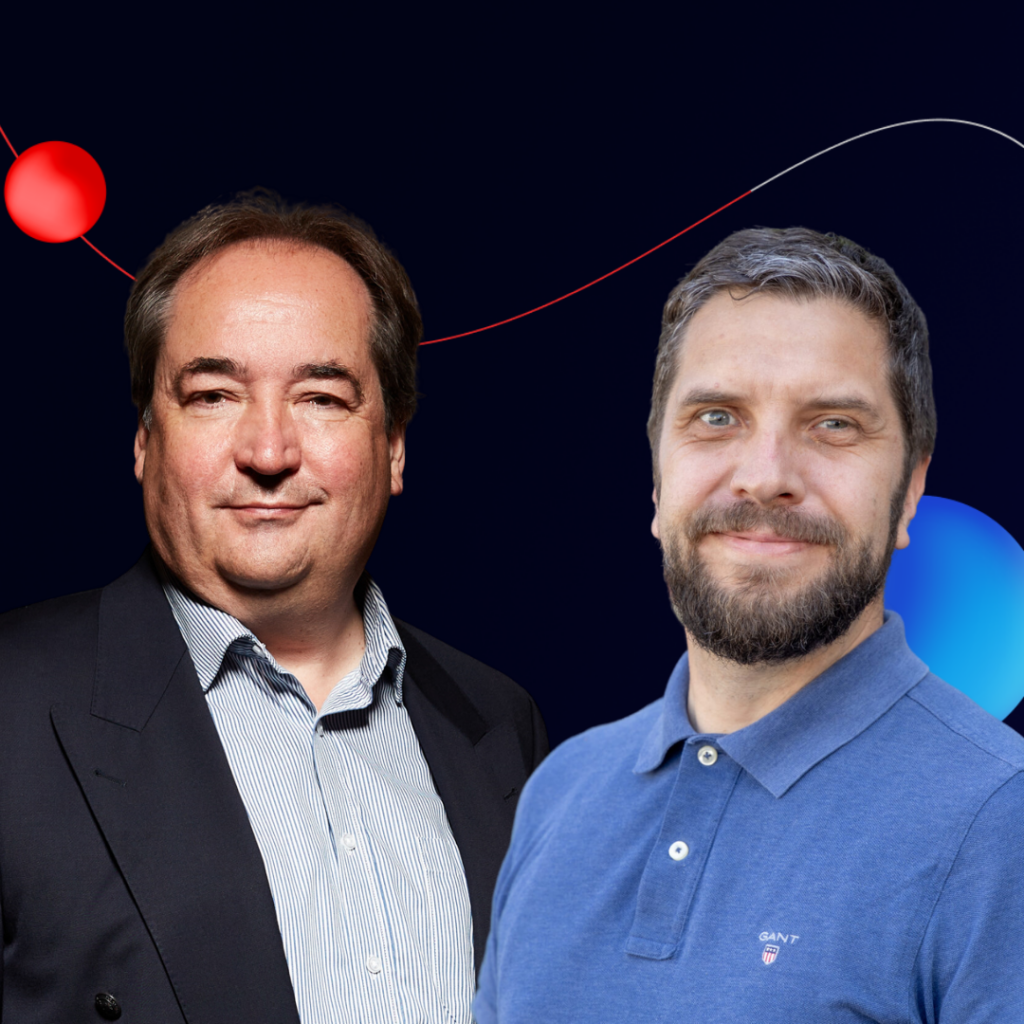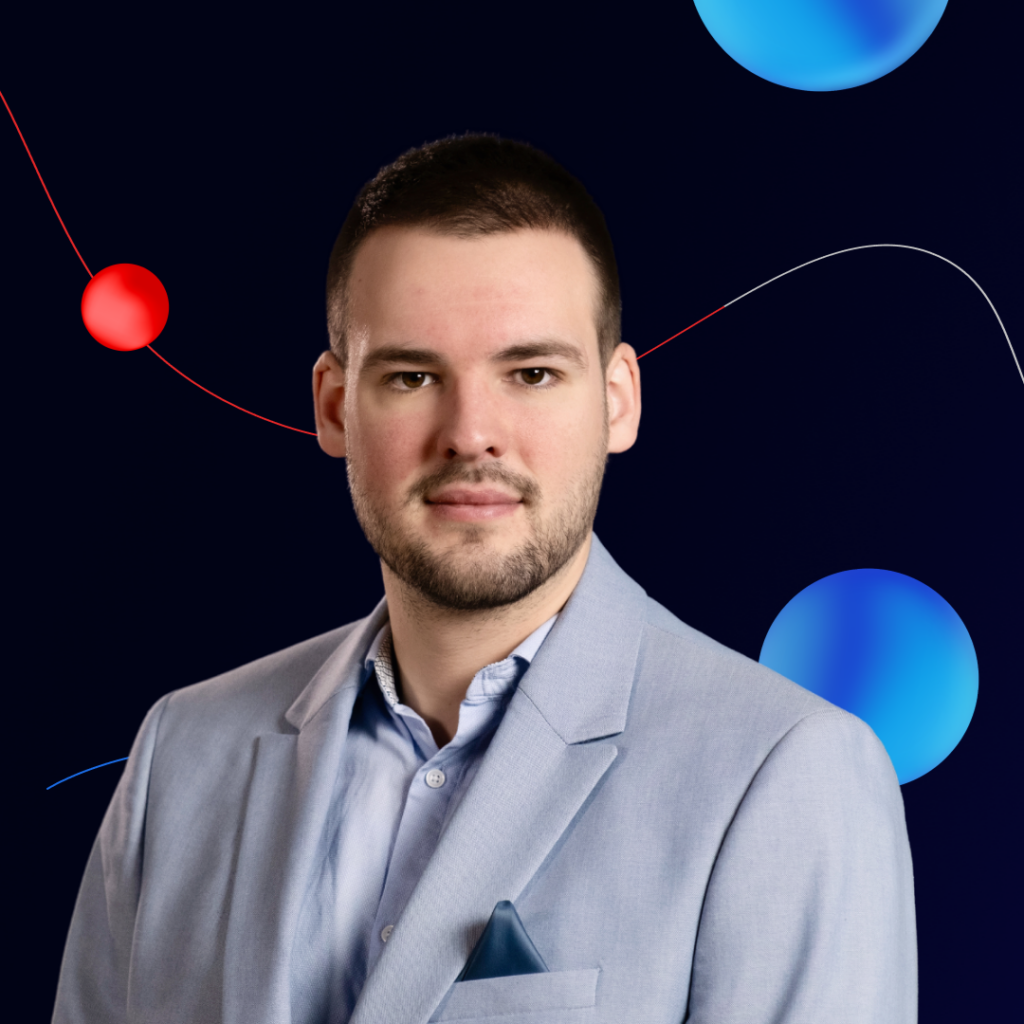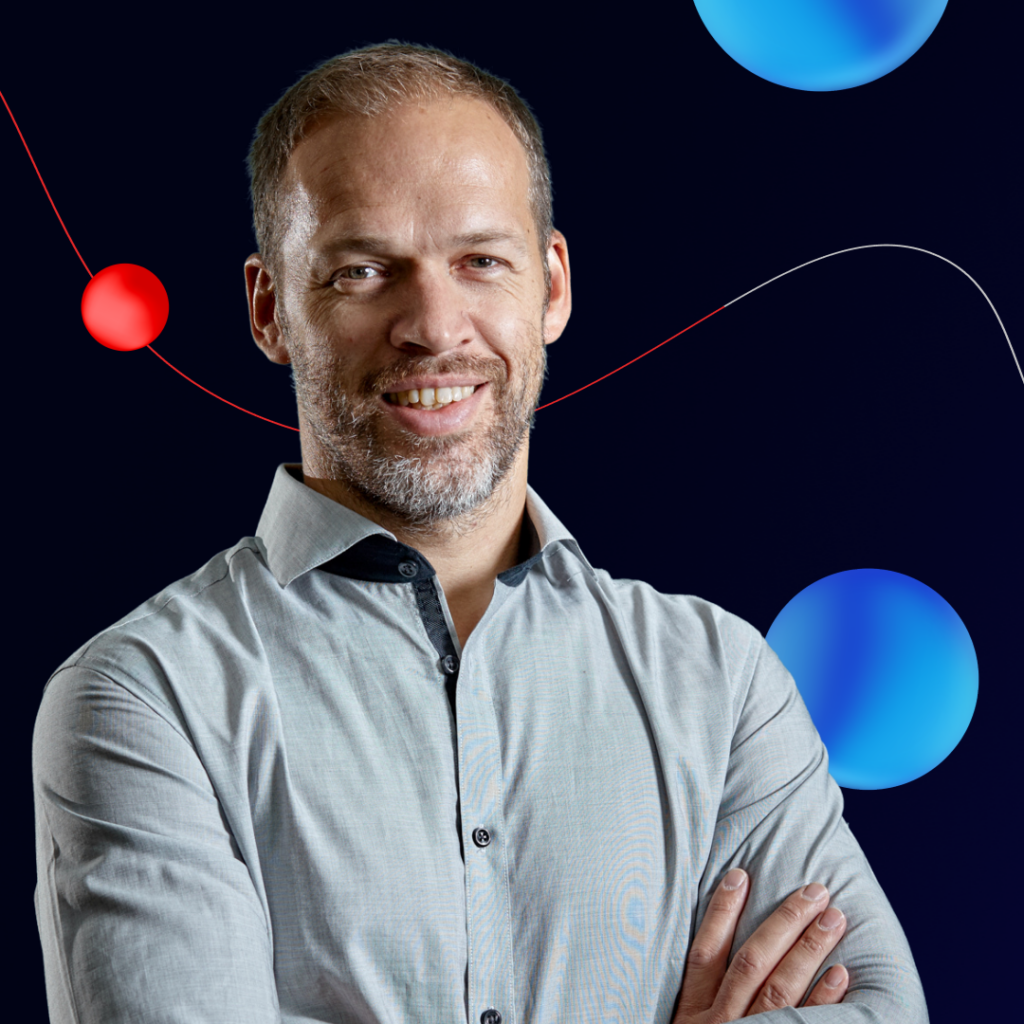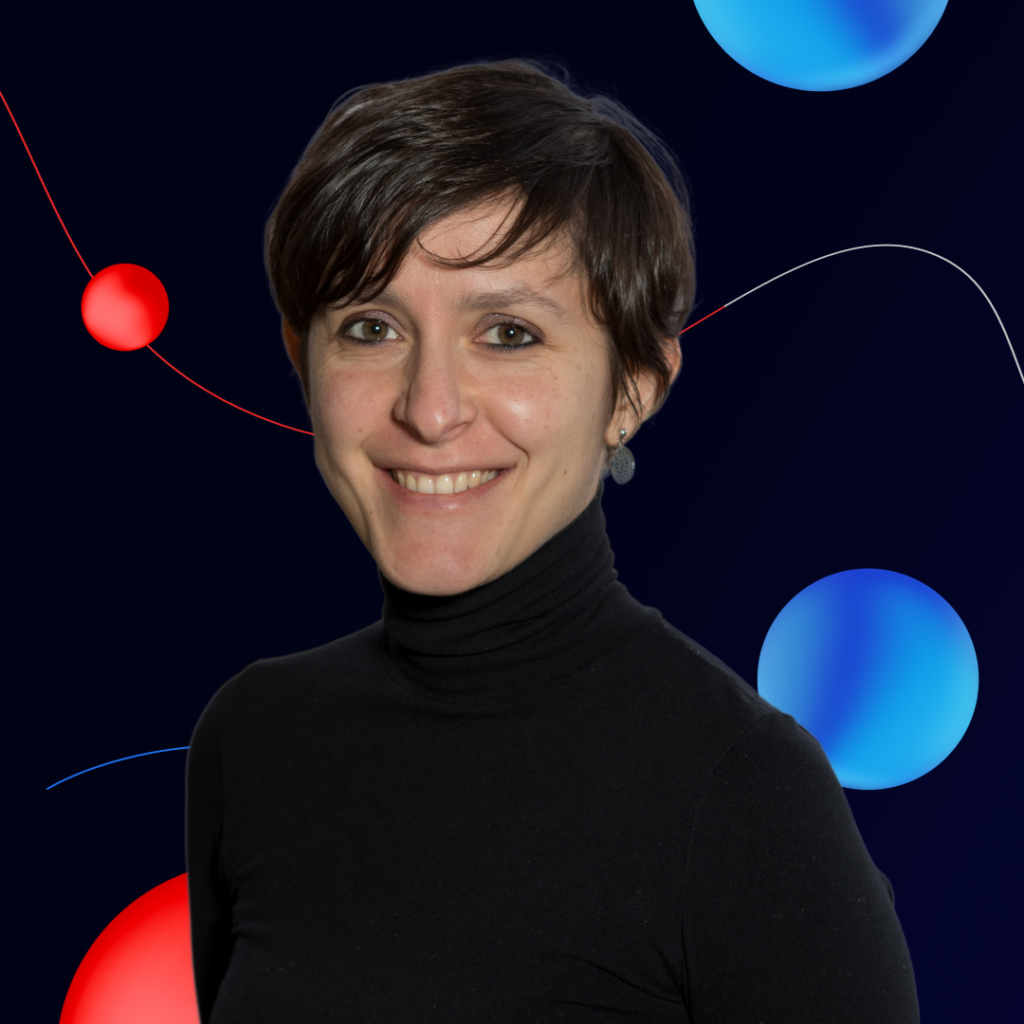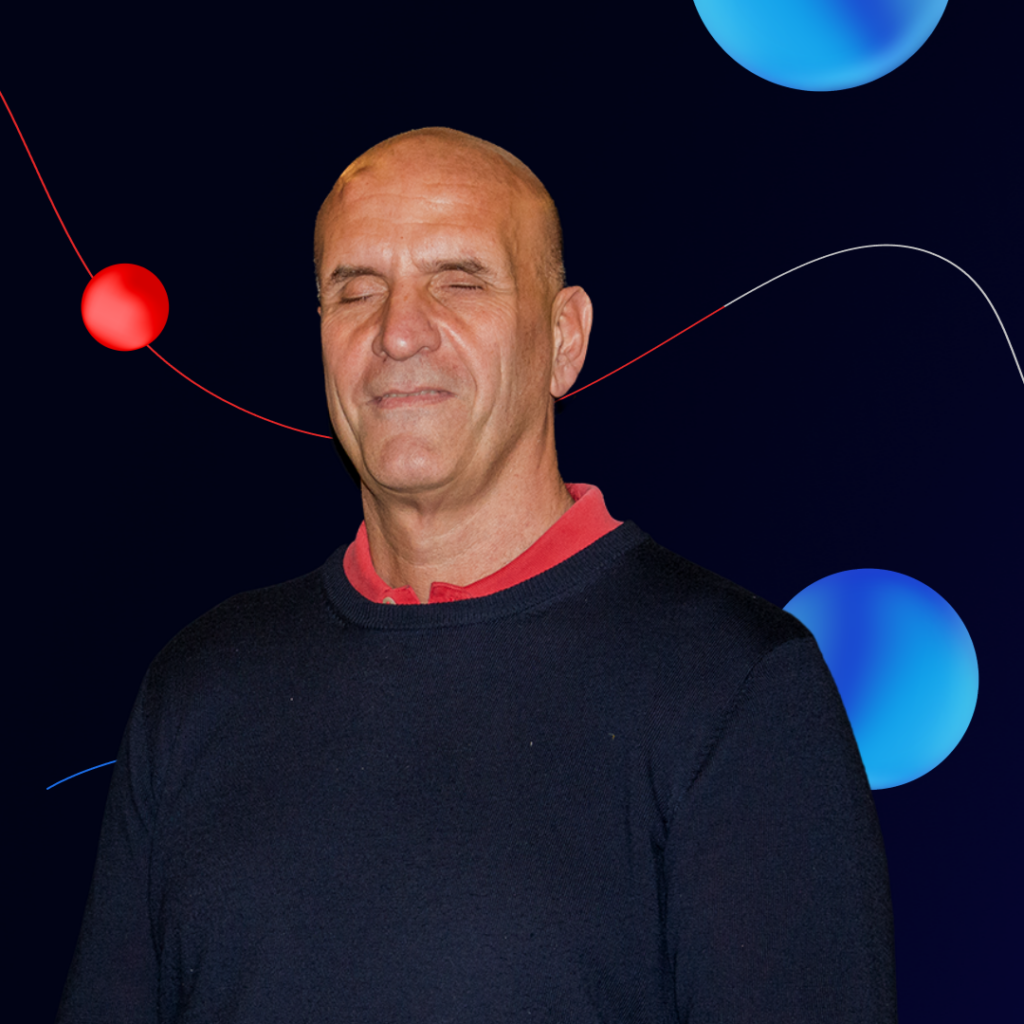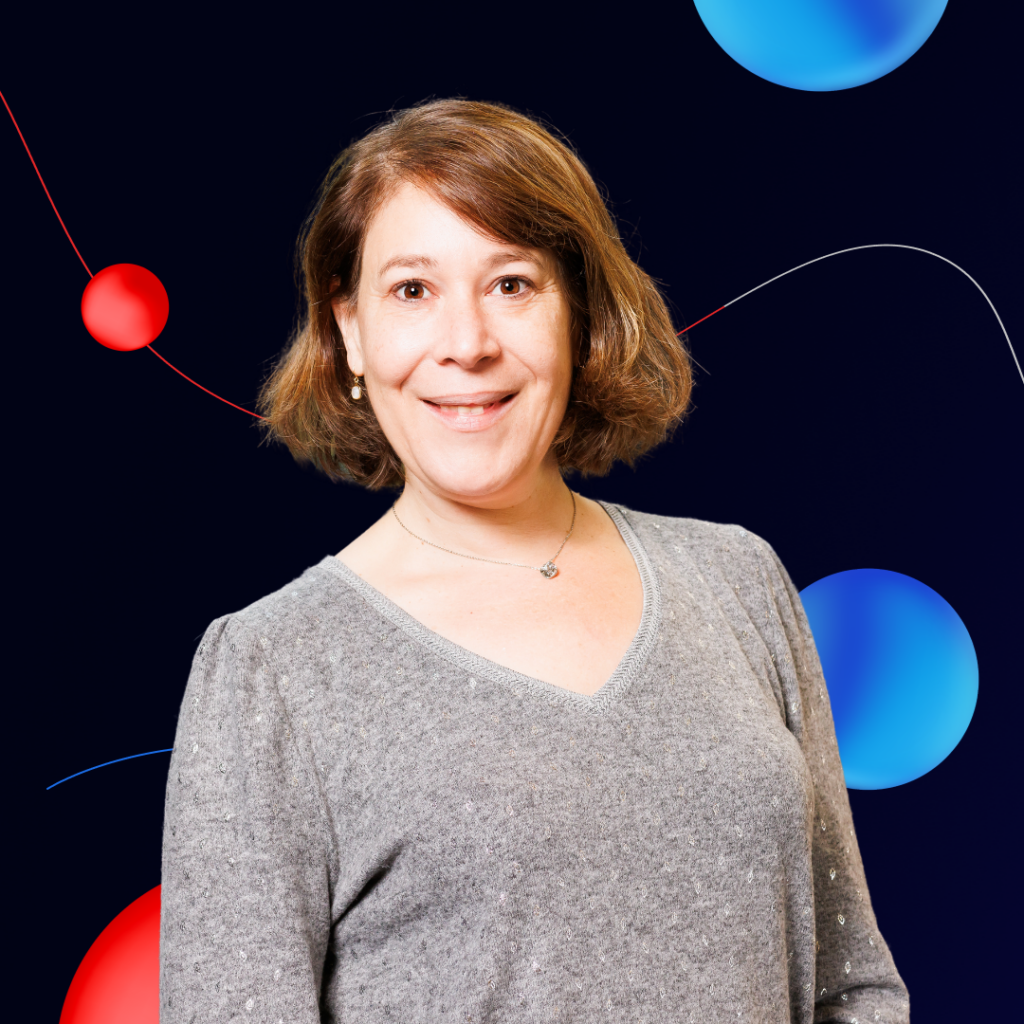SciLux podcast – Emmanuel Defay, head of Nanotechnology unit
14 February 2023

Nanotechnologies and pyroelectric materials
How to get rid of batteries? Emmanuel Defay is working on new sources for energy thanks to nanotechnologies and materials with novel properties.
Emmanuel Defay is the Head of the Nanotechnology Unit at the Luxembourg Institute of Science and Technology (LIST). Managing three research groups representing 70 researchers working on nanotechnologies, Emmanuel Defay’s research interest is developing materials exhibiting energy coupling, including piezoelectric thin films and devices, and electrocaloric effect occurring in ceramics and polymers.
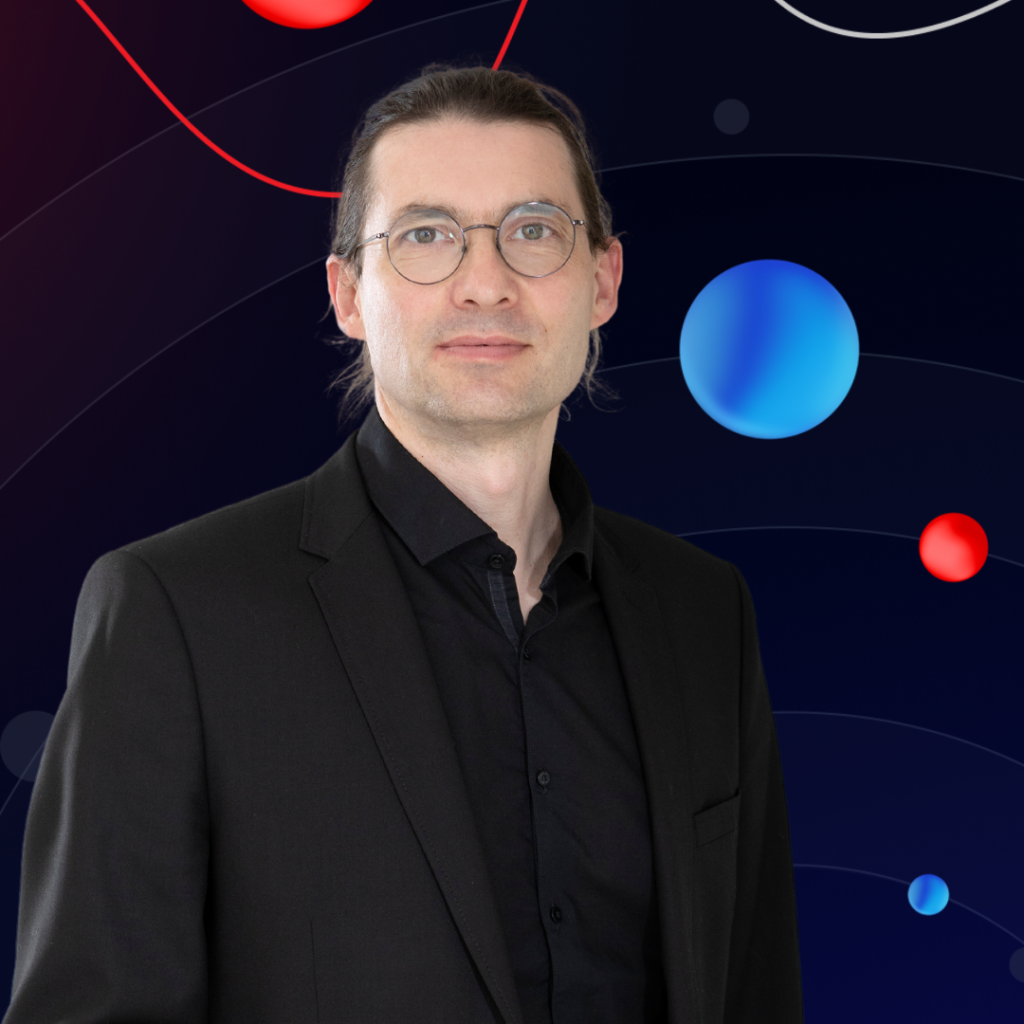
Listen to Emmanuel Defay and learn more about nanotechnologies’ research running in Luxembourg.
Nanotechnologies for developing materials with new properties
The detection of gas or (bio)molecules, mechanical and vibrational strain, and the recovery, storage and use of energy are just a few examples of extraordinary properties made possible by nanotechnologies. LIST is working on the technological development of materials controlled at the nanometric level, which, combined with an innovative chemistry of these same materials, makes it possible to demonstrate properties that are all the more remarkable as they are incorporated into functional devices.
Multifunctional ferroic materials display many physical properties such as magnetism, ferroelasticity or ferroelectricity, for which they are considered to be ‘smart’ materials. In 2021, Emmanuel Defay and his team received an FNR Award in the category Outstanding Scientific Achievement for their breakthrough in a new technology that could be used in more eco-friendly and efficient cooling systems in the future.
In 2021, the University of Luxembourg and LIST established the first inter-institutional research group (IRG) in Luxembourg: Multifunctional Ferroic Materials. Through the studies that the IRG will conduct into these materials, scientists seek to understand these physical properties in order to better control them. The interactions, called coupling, between multiple properties constitute the basis of modern transducers, devices that convert energy from one form into another.
The IRG is based on a common-interest research programme that focuses on lead-free ferroic materials. These are more environmentally-friendly than the current industrial lead-based materials, and on the effect of light on these multifunctional materials.
Producing electricity from waste heat
Finding sustainable sources of electricity is one of the great challenges of this century. Pyroelectricity is the property of a material in which a change in temperature leads to a variation in electrical polarisation. This change in polarisation can generate an electric current, which makes these materials useful, for example, for electricity generation.
The idea of using pyroelectric materials originated in the 1980s and we have brought it up to date: we have access to better materials and understand some of the mechanisms that have allowed us to create a convincing demonstrator. Our thermal energy collector recovers 10 joules for 40 grams of material. That’s 1,000 times more than we’re used to seeing in the energy recovery field.
Emmanuel Defay
A podcast to highlight research made in Luxembourg
Research Luxembourg, RTL Today and SciLux have teamed up to launch a new series of podcasts showcasing science in Luxembourg and beyond.
With a new episode every 2 weeks published on RTL Play, ‘SciLux powered by Research Luxembourg’ will showcase research activities and scientific cooperation in the Grand Duchy.

